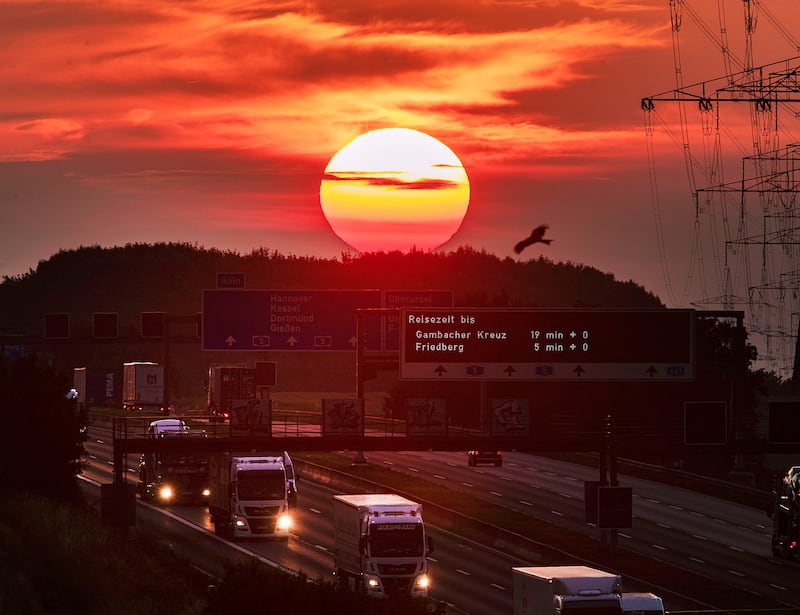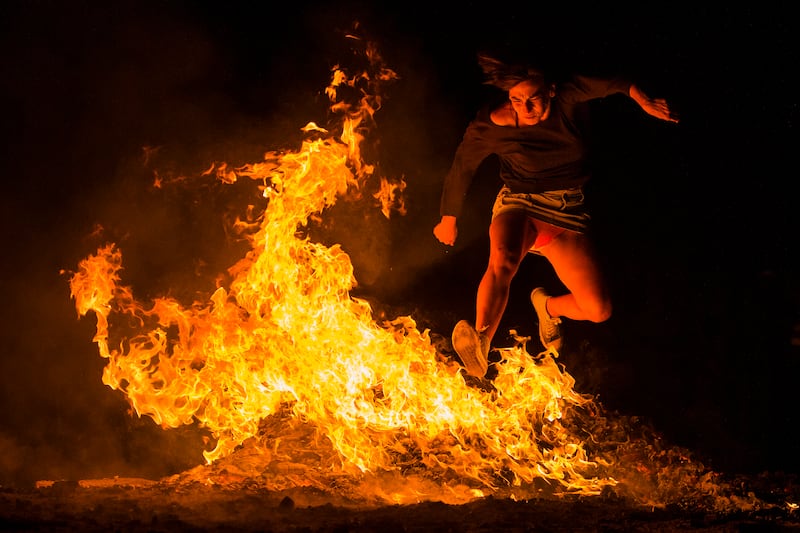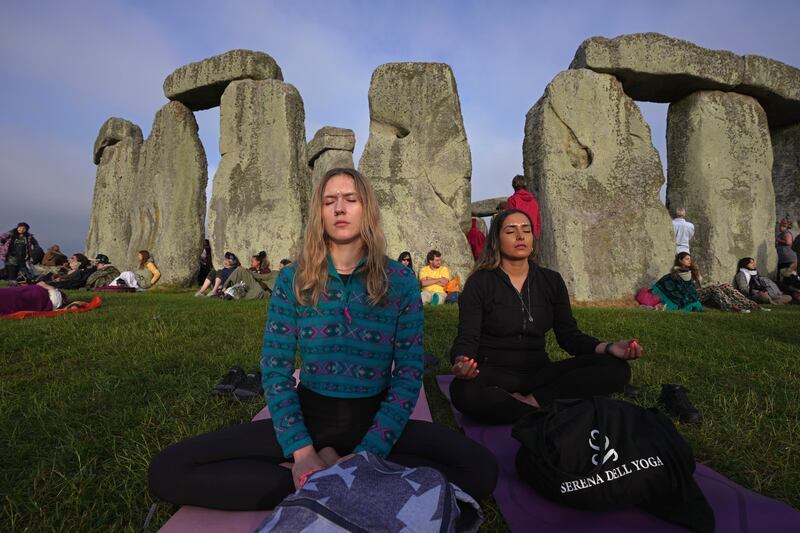The summer solstice, celebrated as the longest day of the year, does not drag on; it instead offers the longest exposure of sunlight, making it the shortest night.
For those in the Northern Hemisphere, it marks the start of summer; in the Southern Hemisphere, it is the beginning of winter. This year, the summer solstice is Friday, June 20.
The word solstice comes from the Latin words “sol,” meaning sun, and “sistere,” meaning to stand still, per Merriam-Webster. In certain parts of the world, the summer solstice is often referred to as midsummer, with celebrations typically taking place anytime between June 20-25, depending on the year and region.
The summer solstice, a celestial event marking the sun’s peak in the sky, is celebrated worldwide through a diverse blend of traditions and festivities. From ancient spiritual rituals to community gatherings with food and music, the solstice is a global celebration.
Here are some ways communities around the world celebrate the first day of summer:
Guatemala
Ancient Mayan spiritual rituals continue today at sunrise and sunset around the Mayan ruins of Tikal, the ancient Mayan capital, according to Britannica.
Individuals also perform rituals dedicated to the Temple of the Moon and Temple of the Grand Jaguar, in the same area, according to Reader’s Digest.
Germany
In Germany, the summer solstice is celebrated on June 24, also known as the Christian holiday of St. John’s Day. Traditions include lighting large bonfires across the country, symbolizing the victory of light over darkness, according to Falstaff.

Finland
Midsummer is a big deal in Finland, celebrated as a national holiday. Historically, it was a time for weddings. Today, it involves lighting bonfires, bathing in saunas, feasting and dancing, according to VisitFinland.
Bonfires, or “kokko,” were traditionally lit to ward off evil spirits and ensure a good harvest. Loud noises accompanying these bonfires were believed to bring luck and keep away evil spirits, per VisitFinland.
Spain
In the region of Catalonia, with celebrations most prominent in Barcelona, festivals for Sant Joan begin at dusk on June 23 and continue into the next day.
A special flame, lit in the Pyrenees, is ceremonially brought down to towns across Catalonia to light bonfires in neighborhoods and along beaches. These fires symbolize purification and renewal, and are believed to ward off evil spirits, according to Barcelona.de.

Fireworks are a big part of the festivities, and are set off throughout the night, filling the city with explosions of color and noise, accompanied by music and dancing on the beaches and in various bars and clubs across the city, per Barcelona.de.
Sant Joan is considered one of the loudest and most vibrant festivals in Catalonia, with Barcelona at the heart of it all.
Greece
Kildonas Festival is celebrated every year on June 23 and 24. Fires are lit from wreaths made on May 1, and participants jump over them for good luck, per Greeka.
The party is not complete without sharing delicious meals, music and dancing.
Denmark
The midsummer festival of Saint Hans, celebrated on June 23, marks the heights of a Danish summer. It typically starts with a dinner at home, followed by a community bonfire. There are speeches and, as the fire burns, the community joins in singing “Midsommervisen,” a song written by poet Holger Drachmann in 1885, as noted by Denmark.dk.
Traditionally, the “Sankt-Hans bål” was a fire where a straw witch and her broom were symbolically burned to the Brocken, per Visit Copenhagen.
England
One of the world’s most well-known celebrations occurs at Stonehenge in Salisbury, England, where around 10,000 people gather to watch the sunrise. Traditional ceremonies are conducted by spiritual leaders, wearing symbolic robes, observing rituals to honor the sun and the changing seasons. The event includes food trucks, music, dancing and glow sticks, according to National Geographic.

The summer solstice celebration is the only day of the year participants are allowed to touch the stones, which have sacred religious value to many, per National Geographic.
Sweden
Midsummer celebrations are iconic in Sweden, with celebrations spreading across the entire country.
Dalarna county is home to celebrations that involve traditional folk costumes, fiddlers, garlands and church boat races, according to a post from Visit Sweden.
The post also includes details of celebrations in Stockholm, where the Skansen open-air museum hosts traditional celebrations like wreath weaving and folk dancing. The festivities in Stockholm typically last for several days.
Islands off the coast of Gothenburg celebrate midsummer by the sea, per Visit Sweden.
Midsummer in Riksgränsen, hosted by Riksgransen ski resort, near Norway, includes participants dancing together around the maypole and skiing under the midnight sun, per Visit Sweden.
The summer solstice is more than just an astronomical event: It is an opportunity for cultures and communities across the world to join together in celebration.

